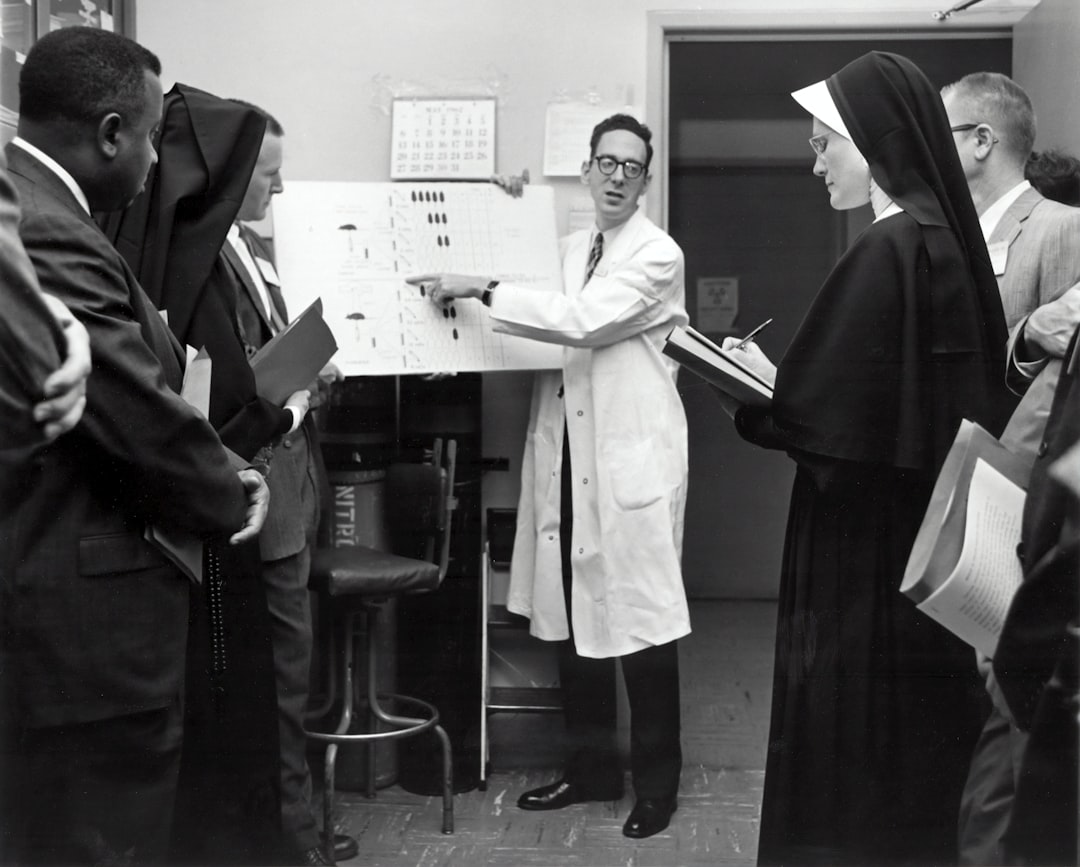What is it about?
Traditional optical microscopes are key tools in biology and medicine. They help us to study the microscopic world and biology at small scales. But these tools also have a certain limit, known as the “diffraction limit.” Put simply, they cannot be used to observe features smaller than 200 nm. Many important parts of the cell are smaller than this size, and better tools are thus needed for their study. Structured illumination microscopy (SIM) is one such new technique that has become popular in recent years. SIM involves lighting up the study sample with specific patterns of light. Images of the sample are then captured and combined. If done correctly, the image has a resolution smaller than the diffraction limit. This is known as “super resolution.” However, SIM requires at least nine images, involves intense computations, and takes long. In this study, the authors tackled these issues. They developed an algorithm that could work with seven images instead of nine, and still produced high quality super resolution. In addition, it required much less time and was easier to execute. This improved the efficiency of SIM by a factor of 4.5.
Featured Image

Photo by Michael Schiffer on Unsplash
Why is it important?
Current SIM requires nine raw images, which is difficult in live cell imaging. In contrast, the proposed algorithm requires only seven images. Along with a greater speed, the absence of false estimates makes the proposed approach more efficient. This makes it apt for studying complex cellular environments. KEY TAKEAWAY: This study provides an algorithm for making SIM imaging more efficient. In this way, it can help advance the field of microscopy and, in turn, microbiology and medicine.
Read the Original
This page is a summary of: Robust frame-reduced structured illumination microscopy with accelerated correlation-enabled parameter estimation, Applied Physics Letters, October 2022, American Institute of Physics,
DOI: 10.1063/5.0107510.
You can read the full text:
Contributors
Be the first to contribute to this page










